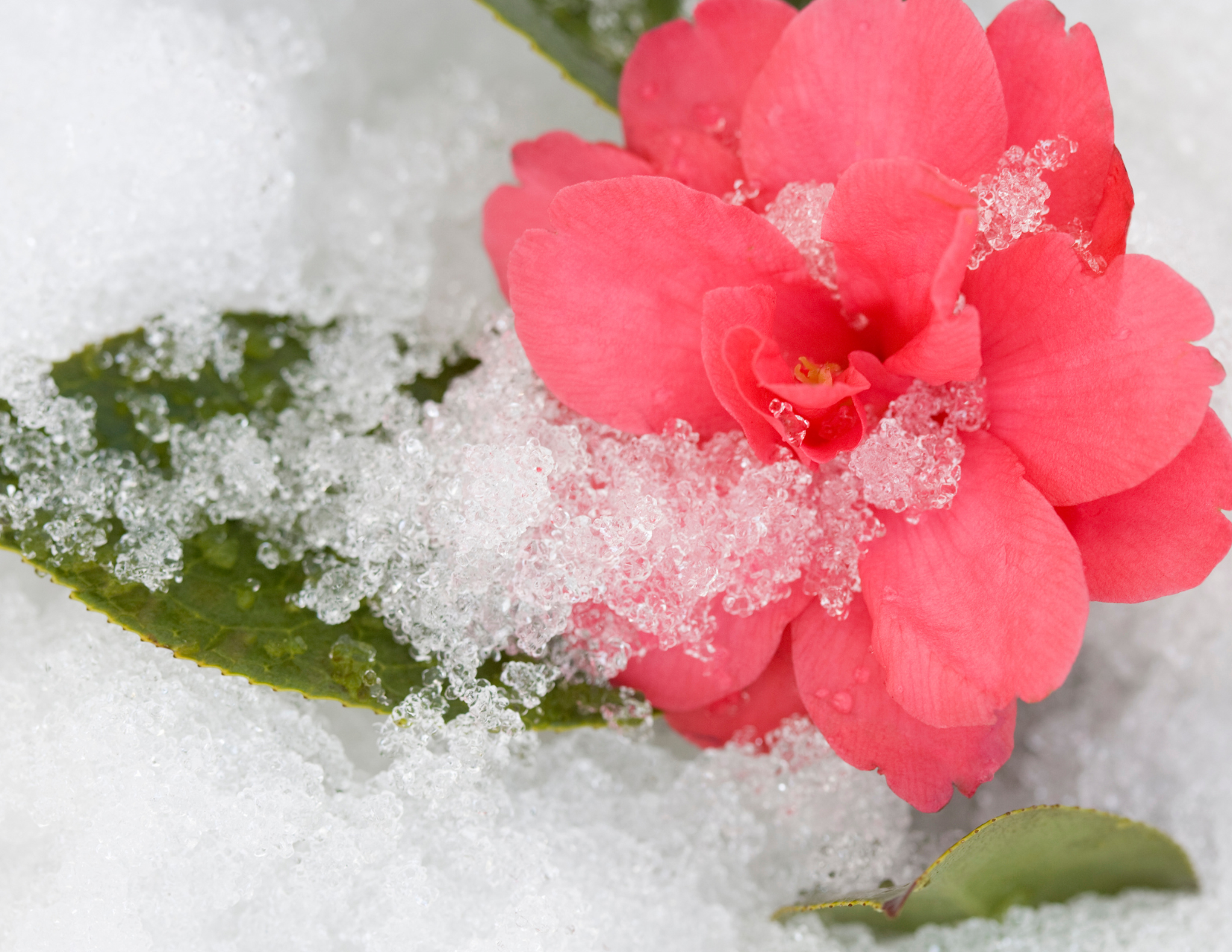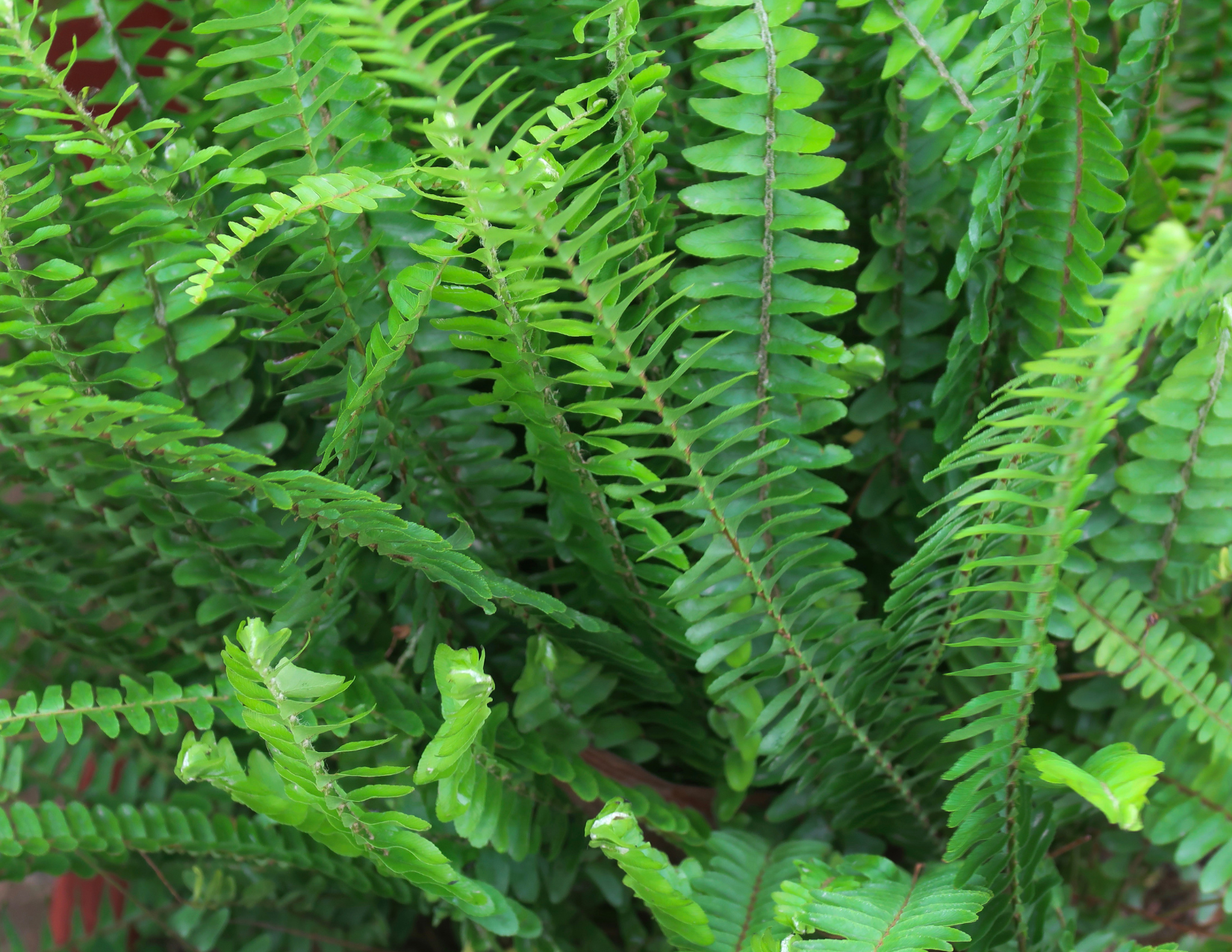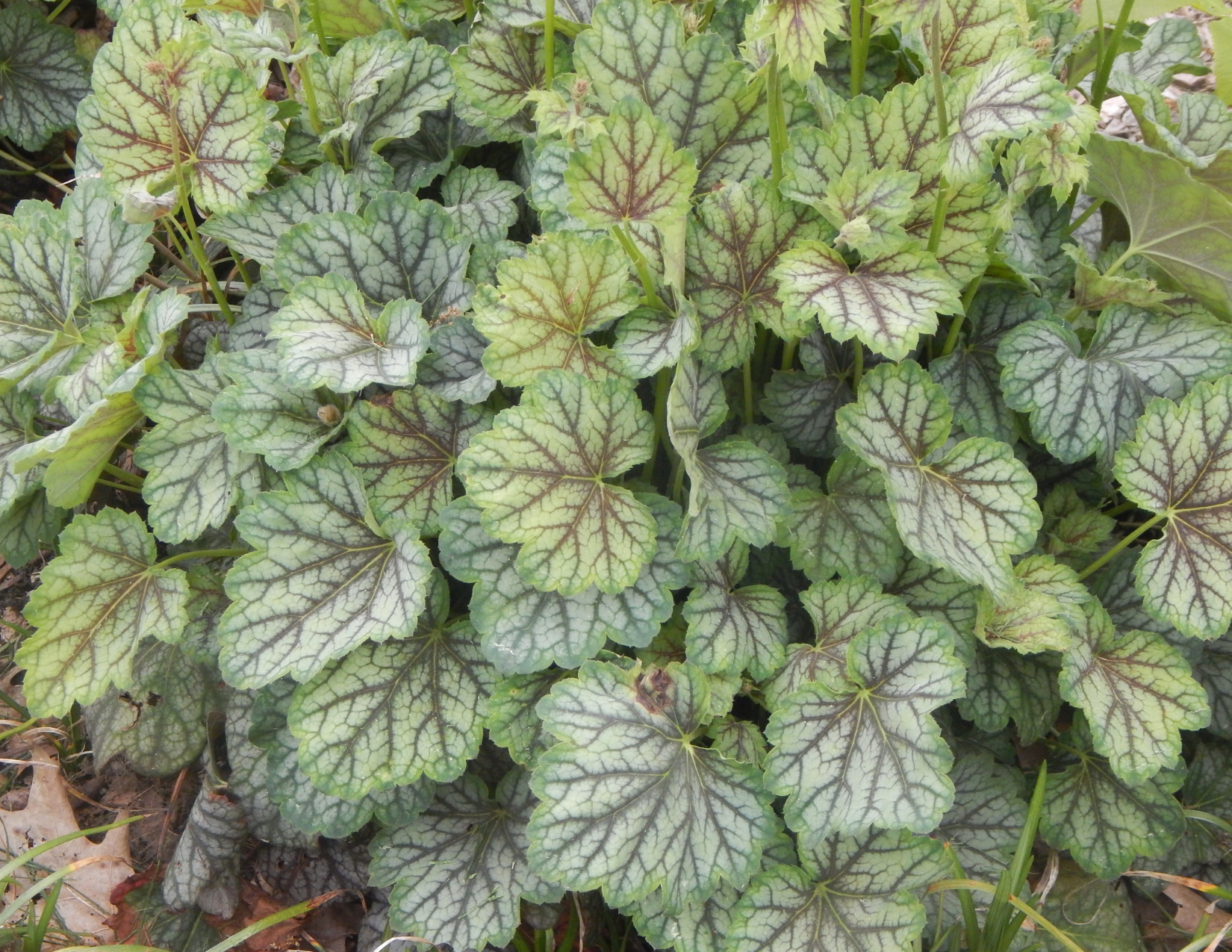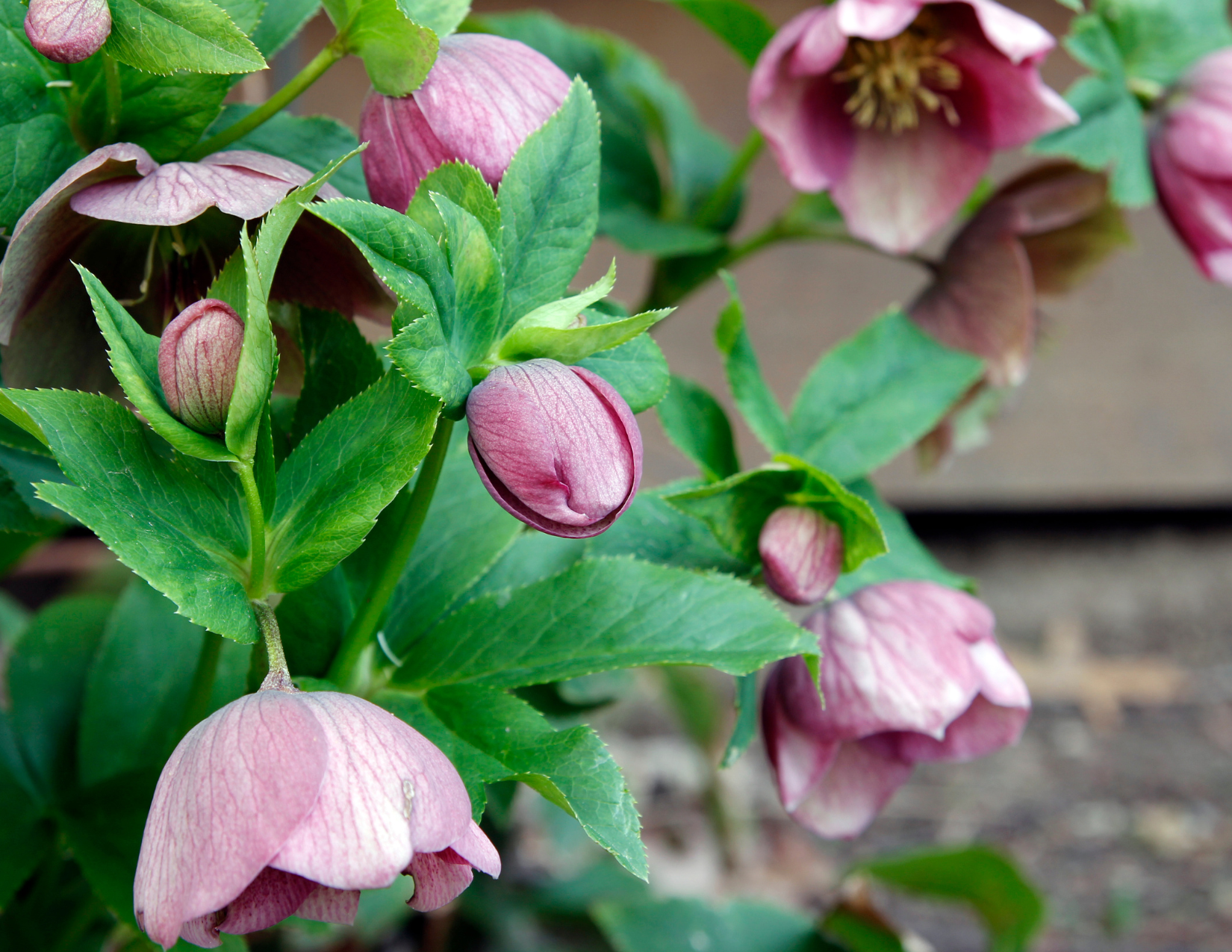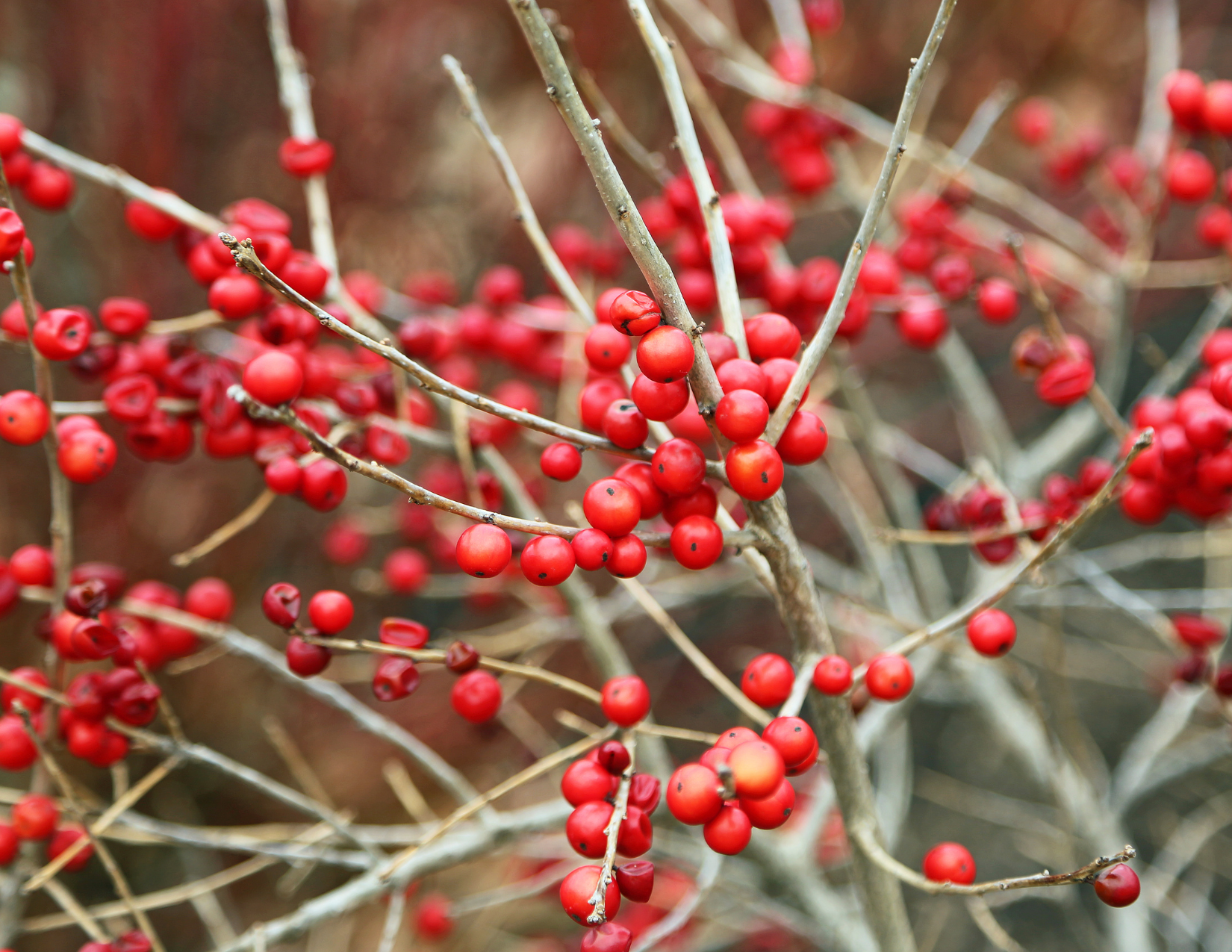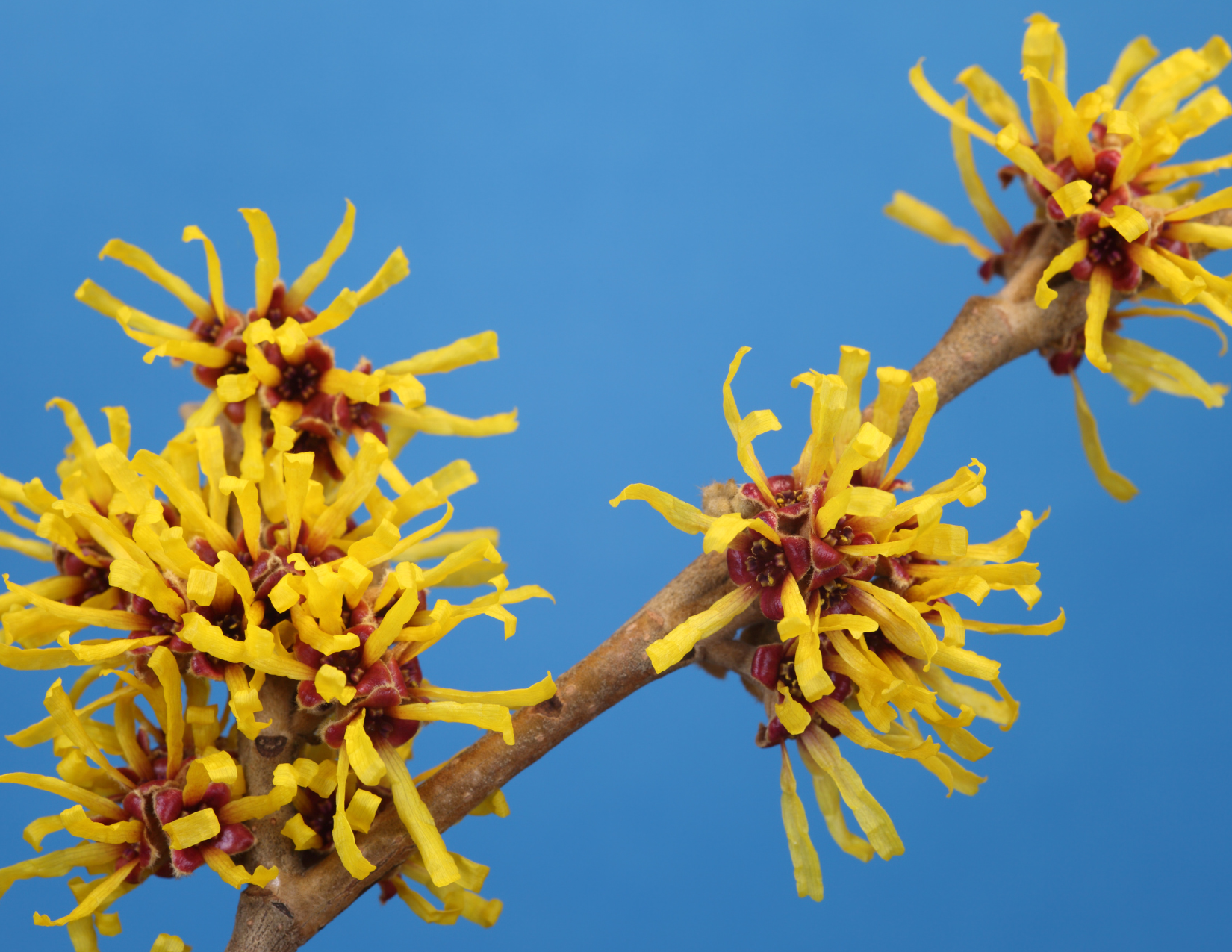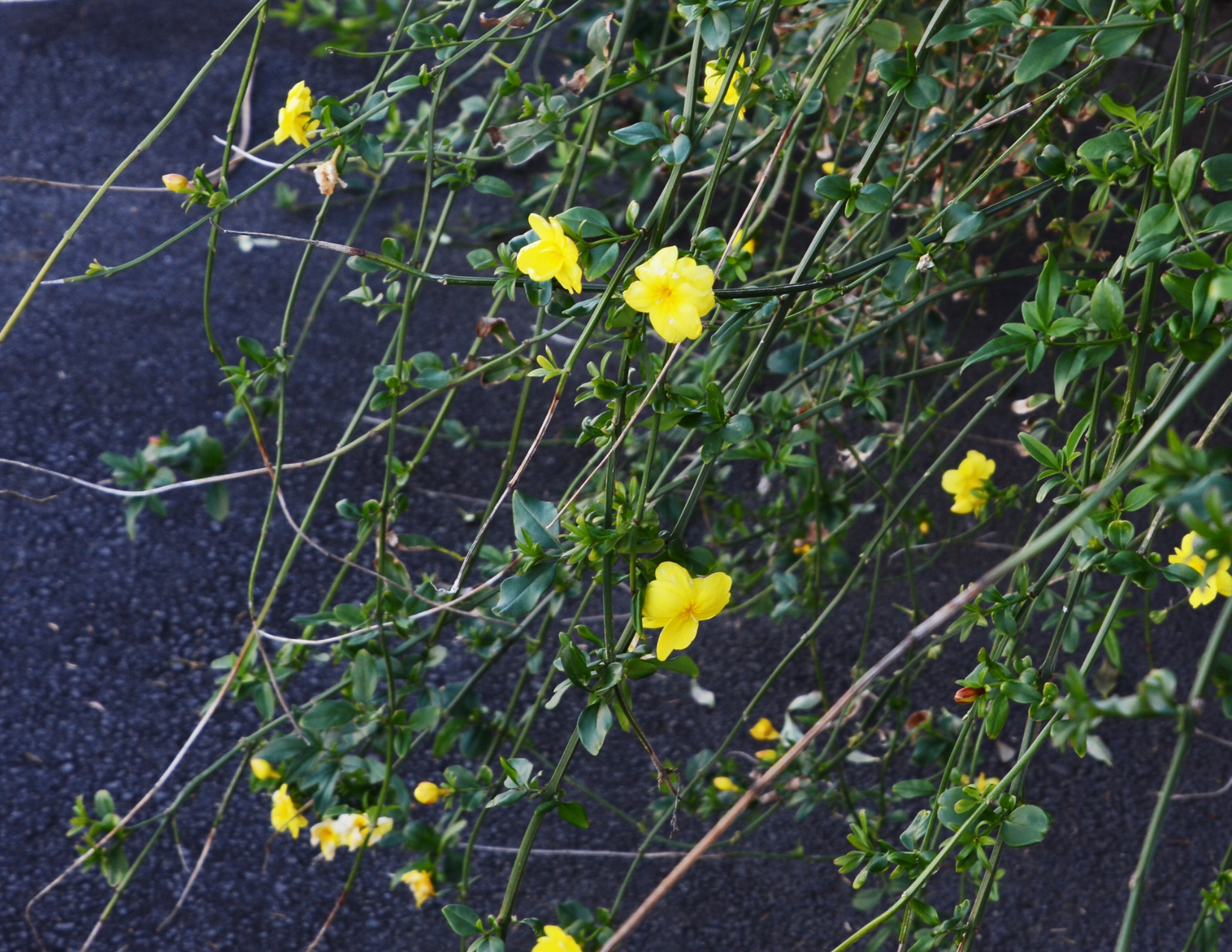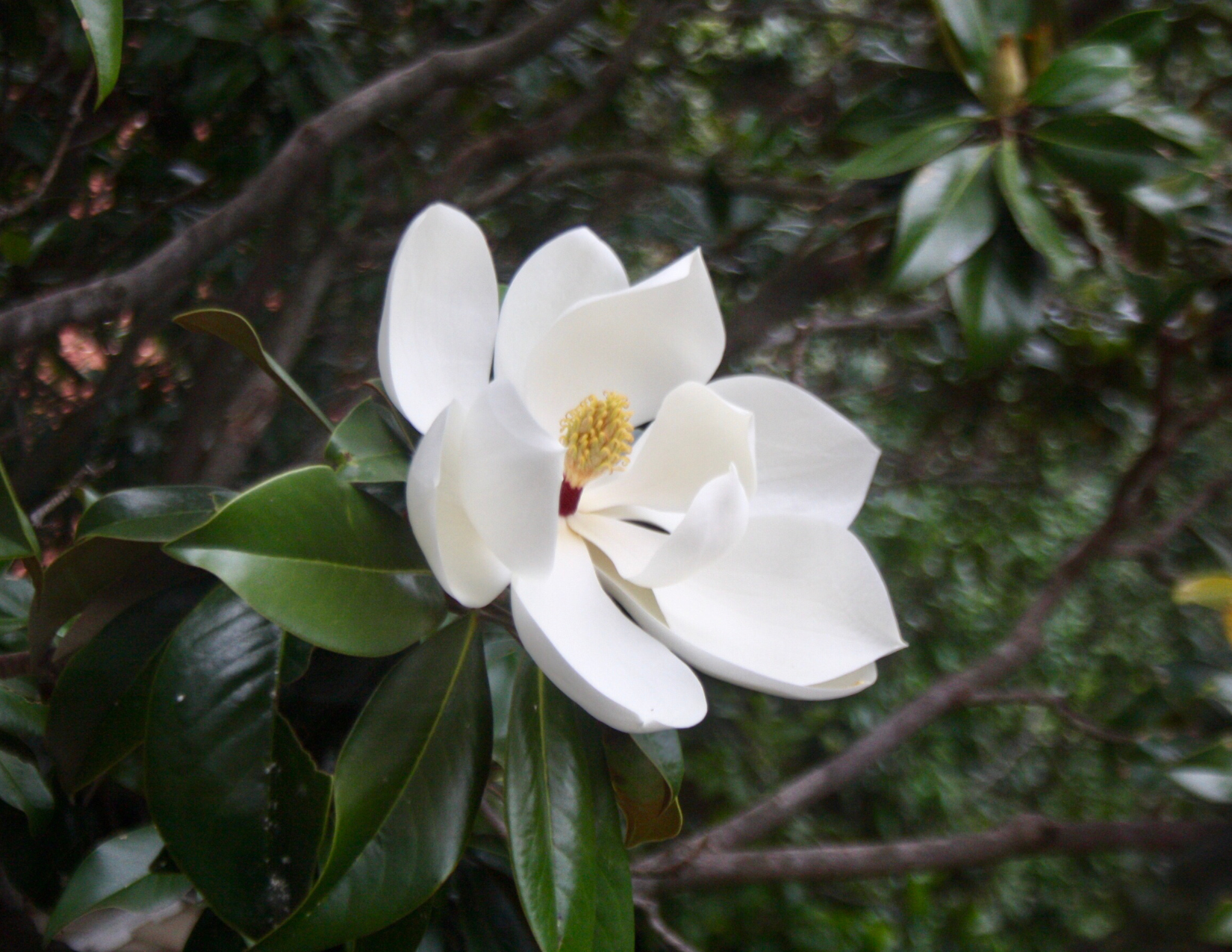Winter Plants in Virginia
Winter doesn’t have to mean barren landscapes! By selecting a diverse array of winter-blooming plants that not only survive but thrive during the colder months you can bring interest, diversity, and beauty to your backyard. In this guide, we'll explore an extensive list of winter-blooming plants, from the vibrant blooms of Camellias and Winter Jasmine to the enchanting foliage of Mountain Laurel, and Sweetbay Magnolia, we’ve broken down some great options with the help of our resident horticulturist and plant lover, Ellison Heil. With these carefully chosen plants, your garden is poised to become a year-round showstopper, offering interest and charm even in the winter months.
Camellias:
Camellias are resilient winter bloomers that thrive in slightly acidic soil and partial shade. These evergreen shrubs boast vibrant flowers in shades of pink, red, and white. Plant them in well-drained soil and enjoy their blooms from late fall to early spring. One of the remarkable aspects of camellias is their ability to bloom during the winter months when many other plants are dormant. Depending on the specific variety, camellias may start flowering as early as late fall and continue into early spring. This extended blooming period ensures a prolonged display of color in your garden, defying the winter gloom.
Winter Jasmine (Jasminum nudiflorum):
Known for its bright yellow, fragrant flowers, Winter Jasmine is a deciduous shrub that flourishes in full sun to partial shade. As the name suggests, one of the most captivating aspects of Winter Jasmine is its ability to bloom during the winter months. While many plants are dormant, this deciduous shrub comes alive with vibrant blooms, providing a welcome contrast to the winter landscape. This plant is adaptable to various soil types and adds a touch of warmth to your winter garden. Another bonus! Due to its spreading growth habit, Winter Jasmine can be used as a ground cover on slopes or in areas where you want to suppress weeds and erosion.
Witch Hazel (Hamamelis):
Witch Hazel is renowned for its unusual, spidery flowers that unfurl during the winter months. These fragrant blooms come in shades of yellow, orange, or red, depending on the variety. Better yet, it’s native to Southwestern Virginia! It prefers well-draining soil and partial shade, making it an excellent choice for winter interest. This plant doesn’t stop there, it also provides interest in the fall with a showy display of foliage. The leaves turn vibrant shades of yellow, orange, and red, extending its visual interest into the autumn months.
Hellebores (Lenten Rose):
Hellebores are known for their elegant, downward-facing blooms that come in various colors, including white, pink, and purple and carry symbolic significance often associated with tranquility, protection, and new beginnings. Their winter blooms symbolize hope and renewal, making them a meaningful addition to gardens. Hellebores are often referred to as Lenten Roses because they typically bloom around the time of Lent in late winter to early spring. This early blooming period is a welcome sight in the garden when many other plants are still dormant. These shade-loving perennials thrive in well-drained, humus-rich soil and are an excellent choice for winter landscapes.
Mountain Laurel (Kalmia latifolia):
Mountain Laurel, an evergreen shrub native to the region, graces winter gardens with clusters of delicate flowers in shades of pink, white, and lavender. Love pollinators and want your garden to support biodiversity? Mountain Laurel’s nectar-rich flowers attract pollinators such as bees and butterflies. The evergreen leaves of Mountain Laurel are leathery, glossy, and elliptical in shape. The foliage remains green throughout the year, providing structure and form to the garden, even in winter This shade-loving plant thrives in well-drained, acidic soil, making it an ideal addition for gardens with varying light conditions.
Sweetbay Magnolia (Magnolia virginiana):
Our tallest option on the list, because it is a tree after all, features fragrant white flowers and glossy green leaves. Sweetbay Magnolia is a deciduous tree that adds elegance to winter landscapes. The foliage of Sweetbay Magnolia is composed of glossy, dark green leaves that have a distinctive silvery or brown underside. This dual-toned foliage adds to the tree's aesthetic appeal and provides interest throughout the growing season. Plant it in moist, well-drained soil in partial to full sun for optimal growth.
Inkberry Holly (Ilex glabra):
One of the defining features of Inkberry Holly is its lush, dark green leaves. The glossy foliage provides a rich and elegant backdrop in the garden, adding a sense of year-round vibrancy. Inkberry Holly typically has a compact, rounded growth habit. This makes it suitable for various garden settings, including as a foundation plant, in hedges, or as part of mixed borders.While the small, greenish-white flowers of Inkberry Holly are inconspicuous, the plant produces small black berries in the fall. These berries add subtle ornamental value and are particularly attractive to birds. Inkberry Holly thrives in acidic, well-drained soil. It is adaptable to various soil types, including sandy or clay soils. The preference for acidic conditions makes it well-suited for Southwestern Virginia gardens.
Coral Bells (Heuchera):
Coral Bells are renowned for their striking foliage that comes in a wide array of colors, including shades of green, purple, bronze, and silver. The leaves often have attractive veining and unique textures, adding visual interest to the garden. While the primary attraction is their foliage, Coral Bells produce delicate, bell-shaped flowers on slender stems. The flowers can range in color from white and pink to coral and red, creating a lovely contrast with the foliage. Coral Bells thrive in partial to full shade conditions, making them ideal for woodland gardens, shady borders, or areas with filtered sunlight. However, some varieties can tolerate more sun, particularly in cooler climates. Well-drained soil is crucial for the health of Coral Bells. They prefer slightly acidic to neutral soil and benefit from the addition of organic matter to improve soil structure and moisture retention.
Foam Flower (Tiarella):
Foam Flower, adorned with delicate, frothy blooms, is a shade-loving perennial that enhances the charm of winter gardens. Foam Flower's foliage is equally appealing. The leaves are often deeply lobed and feature intricate patterns, adding visual interest even when the plant is not in bloom. The foliage can be variegated or display shades of green, providing year-round allure. It has a spreading, ground-covering habit, making it an excellent choice for filling in spaces beneath trees or in areas where a low-maintenance ground cover is desired. It helps suppress weeds and provides a lush carpet of foliage. Plant it in rich, well-drained soil for optimal results, and enjoy its unique, intricate flowers.
Christmas Fern (Polystichum acrostichoides):
A native evergreen fern, Christmas Fern retains its vibrant green color throughout winter. One of the key attractions of Christmas Fern is its evergreen nature. The fronds persist through the winter, creating a lush green carpet that remains visually appealing even in the colder months. In spring, new fronds unfurl from the center of the plant, adding a sense of renewal to the garden. The fresh growth contrasts beautifully with the existing evergreen foliage. This hardy plant is adaptable to various soil types and lighting conditions, making it a versatile choice for winter landscapes.
Oak Sedge (Carex pensylvanica):
Oak Sedge is a low-maintenance, grass-like plant that adds texture to winter gardens. Oak Sedge exhibits a grass-like appearance with slender, arching leaves that create tufted clumps. While it is not a true grass, its fine-textured foliage resembles that of grasses, providing a soft and delicate visual effect. Tolerant of a range of soil types, this native sedge thrives in partial to full shade and is an excellent ground cover option.
Muhly Grass (Muhlenbergia capillaris):
For a whimsical touch, consider planting Muhly Grass. This ornamental grass produces feathery, pink plumes that sway gracefully in the winter breeze. It thrives in well-drained soil and full sun, adding movement and color to your garden.
To curate a winter garden that captivates with diverse textures, colors, and blooms, enlist the expertise of Roanoke Landscapes. Our team specializes in creating garden designs that showcase the unique beauty of each season. From Camellias to Muhly Grass, we ensure that your garden remains a source of joy and interest throughout the year. Partner with Roanoke Landscapes for a garden that stands out in every season.

